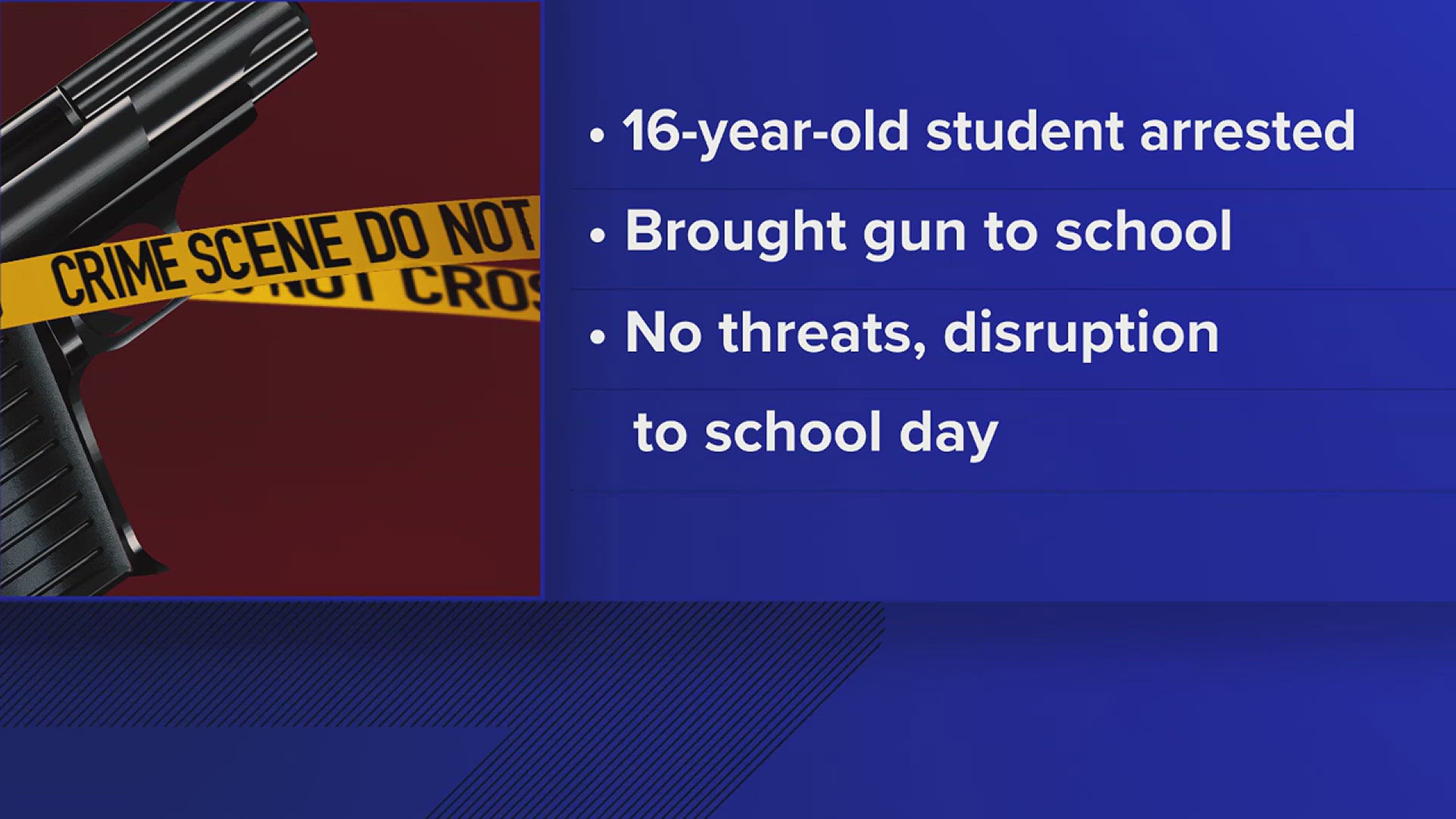DAVENPORT, Iowa — An Iowa state audit of Davenport’s special education program has found the district in “systemic non-compliance” with several parts of the federal law that governs the education of students with disabilities.
The Iowa Department of Education told the district to work with a national expert to deal with a disproportionate number of students of color identified for special education services, as well as a disproportionate number of minority special education students subjected to disciplinary actions.
“We’ve not seen this degree of non-compliance in special education recently,” Staci Hupp, a spokesperson for the state education department, said Wednesday. The department visited the district as part of the review in late January and early February. Hupp said the state-appointed adviser would be selected soon, but did not specify when.
The report said the findings were “pervasive and substantive.”
The Davenport schools official who oversees its special education program said Wednesday that many of the problems identified dealt with documentation issues, but there also were challenges to be dealt with, such as those related to students of color.
“We look at this as an opportunity to really beef up and improve our individualized education plans (IEPs) and practices in the district. We’re going to spend a lot of time providing a lot of support to our teachers,” said Patti Pace-Tracy, the director of special education services.
The district must also reconvene IEP meetings for 2,200 students and provide them compensatory education services, if they’re owed them, at the district’s cost. IEPs are written plans that guide a student’s education plans according to their individual needs.
The state review praised the school district’s education staff for being committed to providing “the best educational services they can,” but it faulted district procedures and practices, saying they “hinder their abilities to provide those services.” The report said this was evident from interviews and the “large number of violations.”
The audit found seven areas where the district was not in compliance with the federal Individuals with Disabilities Education Act.
• A disproportionate number of students of color were identified for special education services, and a disproportionate number of minority special education students were suspended or expelled or were subject to seclusion or restraints. Such actions are allowable under the law if they’re reasonable and needed to protect health and safety or to avoid significant property damage, Hupp said.
The report noted that, for the 2015-16 school year, black students on individualized education plans were more likely to get out-of-school suspensions than other racial categories. It added a review of data from last fall showed that black students, whether they’re in special education or not, are more likely to be secluded or restrained than other students.
Pace-Tracy said the issues related to disproportionate treatment of people of color are the most challenging for the district.
She said identifying the students needing special education services is done in conjunction with the Area Education Agency and would need to be examined. As for expulsions and suspensions of minority special education students, Pace-Tracy said the district is seeking to find an explanation, including what the contributing factors in the community might be. “As a district we don’t take suspensions lightly and we don’t take expulsions lightly,” she said. “If you get suspended or expelled, it’s for a very serious infraction.”
Other findings included:
• In the year ending in October 2017, more than 1,000 special education students were placed in regular classroom settings for the bulk of their school day, a significant increase over the year before. But the audit said a sampling of individualized education plans for those students found required meetings were frequently not held before changes were made. The district must reconvene IEP meetings and determine whether “compensatory education services” should be provided to the students. Pace-Tracy said in most cases, the issues will be addressed when a student’s annual review comes up. “This isn’t going to be an undue burden on the district,” she said. She did not know how much that might cost.
• Adequate prior written notice wasn’t provided for changes in placement.
• A random sample of 37 functional behavior assessments in student IEPs, were found to be insufficient, the report said, as were the intervention plans that resulted.
• The report also said data and anecdotal evidence suggest the district frequently places special education students in educational settings other than what’s listed in their IEP, without recording it as an in-school suspension or determining whether a review is needed to determine if behavior is related to the student’s disability.
• There were six instances of students going from early intervention services to school age services, where eligibility determinations were made without the involvement of the Area Education Agency, the audit said.
• It also found two rooms used for physical confinement had chicken wire installed to cover the ceilings, a violation. Pace-Tracy said students had been breaking out fluorescent lighting and that’s why the chicken wire was put into place. She said that would be dealt with.



